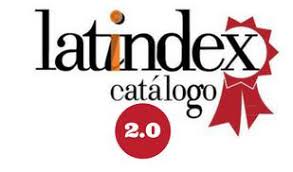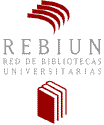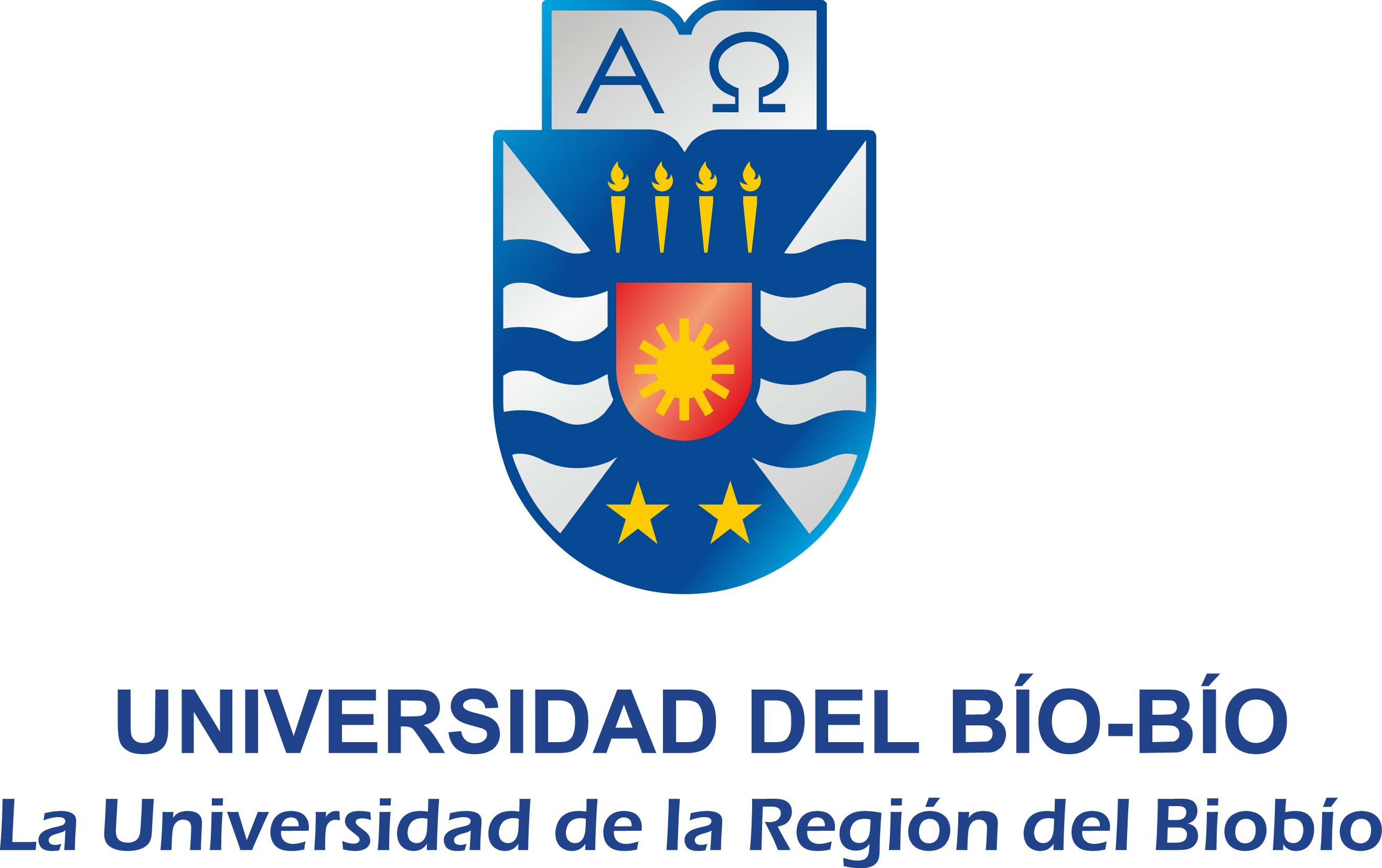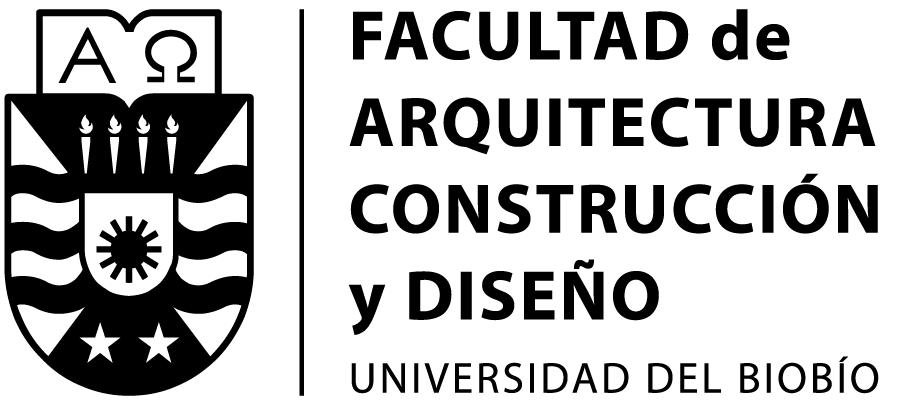Habitar de emergencia: Un hábitat transitorio para Tomé (Chile) tras el desastre
DOI:
https://doi.org/10.22320/07183607.2024.27.50.07Palabras clave:
hábitat, desastre, construcción para emergencia, vivienda, incendio forestalResumen
Con el objetivo de extraer aprendizajes sobre la posibilidad de un hábitat transitorio surgido desde una planificación anterior al desastre y articulado por espacios compartidos que permitan, después del desastre, satisfacer las necesidades individuales y las comunitarias, se desarrolla un taller académico planteado en un enfoque de abajo hacia arriba centrado en el usuario. En este taller, a través de una etapa de análisis guiado por el estudio cualitativo de entrevistas a una muestra representativa de la población afectada y de una etapa de ideación guiada por ciclos de retroalimentación y corrección, se proponen configuraciones para el caso de estudio de la comuna de Tomé, en la Región del Bío-Bío, Chile, gravemente dañada por los incendios forestales que afectaron al país en el mes de febrero del año 2023. Frente a la imposición cuantitativa de soluciones tecnocráticas y universales, una planificación cualitativa de soluciones participadas y compartidas.
Descargas
Citas
ALLEN, S. (1997) From object to field: field conditions in architecture and urbanism. AD, 67, 24-31 [Archivo PDF]. https://static1.squarespace.com/static/5657eb54e4b022a250fc2de4/t/566fa390d8af1045cf96f658/1450156944686/1997_Allen_From+Object+to+Field.pdf.
ASHDOWN, P. (2011). Humanitarian Emergency Response Review. Department for Overseas Development [Archivo PDF]. https://assets.publishing.service.gov.uk/media/5a797321ed915d07d35b5969/HERR.pdf.
ASHMORE, J., FERRER, C., y SERRA, I. (2010). The IFRC Shelter Kit. International Federation of the Red Cross and the Red Crescent Societies.
BARAKAT, S. (2003). Housing reconstruction after conflict and disaster. Humanitarian Practice Network.
BLUNT, A., y DOWLING, R. (2006). Home. Routledge. https://doi.org/10.4324/9780203401354
BRIS, P., y BENDITO, F. (2019). Impact of Japanese Post-Disaster Temporary Housing Areas' (THAs) Design on Mental and Social Health. International journal of environmental research and public health, 16(23), 47-57. https://doi.org/10.3390/ijerph16234757
BRIS, P., BENDITO, F., y SAINT-SUPÉRY, M. (2016). Planificación de la vivienda de emergencia en desastres naturales. Terremotos de Haití y España. Revista INVI, 31(87), 115–141. https://revistainvi.uchile.cl/index.php/INVI/article/view/62717/66624
BURNELL, J., y SANDERSON, D. (2011). Whose reality counts? Shelter after disaster. Environmental Hazards, 10, 189–192. https://doi.org/10.1080/17477891.2011.595581
CASE, D. (1996). Contributions of journeys away to the definition of home: An empirical study of a dialectical process. Journal of Environmental Psychology, 16, 1–15. https://doi.org/10.1006/jevp.1996.0001
CORSELLIS, T., y VITALE, A. (2005). Transitional settlement: displaced populations. Oxfam GB and University of Cambridge.
DAVIDSON. C., LIZARRALDE, G., JOHNSON, C., NESE, D., y SLIWINSKI, A. (2007). Truths and myths about community participation in post-disaster housing projects. Habitat International. 31, p. 100-115. https://doi.org/10.1016/j.habitatint.2006.08.003
DAVIDSON, C., LIZARRALDE, G. y JOHNSON, C. (enero de 2008). Myths and Realities of Prefabrication for Postdisaster Reconstruction [Ponencia de conferencia] 4th International i-Rec Conference 2008 Building Resilience: Achieving Effective Post-Disaster Reconstruction. Christchurch, New Zealand.
DESPRÉS, C. (1991). The meaning of home: Literature review and directions for future research and theoretical development. Journal of architectural and Planning Research, 8(2), 96–115. https://www.jstor.org/stable/43029026
DEGUCHI, T; SHIOZAKI, Y., y NISHIKAWA, E. (2005). Lessons from the Great Hanshin Earthquake; Creates-Kamagawa Publishers.
FÉLIX, D., BRANCO, J.M. y FEIO, A. (2013). Temporary housing after disasters: A state of the art survey. Habitat International, 40, 136–141. https://doi.org/10.1016/j.habitatint.2013.03.006
FÉLIX, D., MONTEIRO, D., BRANCO, J. M., BOLOGNA, R. y FEIO, A. (2015). The role of temporary accommodation buildings for post-disaster housing reconstruction. Journal of Housing and the Built Environment, 30, 683–699. https://doi.org/10.1007/s10901-014-9431-4
FOIS, F. y FORINO, G. (2014) The Self-Built Ecovillage in L’Aquila, Italy: Community Resilience as a Grassroots Response to Environmental Shock. Disasters, 38, 719–739. https://doi.org/10.1111/disa.12080
GARCÍA-HUIDOBRO, F., TORRES, D. y TUGAS, N. (2008). ¡El tiempo construye! GG [Archivo PDF]. https://api.pageplace.de/preview/DT0400.9788425226588_A47316031/preview-9788425226588_A47316031.pdf
GUERRA, C. (2012). Habitar y tecnología en la vivienda prefabricada contemporánea. Proyecto, Progreso, Arquitectura, 6, 16–33. https://doi.org/10.12795/ppa.2012.i6.01
HEIDEGGER, M. (1975). Construir, habitar, pensar. Revista Teoría, (5-6), 150-162. https://revistateoria.uchile.cl/index.php/TRA/article/view/41564/43080
KELLETT, P. y MOORE, J. (2003). Routes to home: homelessness and home-making in contrasting societies. Habitat International, 27, 123–141. https://doi.org/10.1016/S0197-3975(02)00039-5
KRONENBURG, R. (2011). Mobile and flexible architecture: solutions for shelter and rebuilding in post-flood disaster situations. Conference In Blue in Architecture 09. Università Iuav di Venezia [Archivo PDF]. https://www.researchgate.net/publication/324783800_Universita_Iuav_di_Venezia_Faculty_of_Architecture_Graduate_Degree_Architecture_and_Sustainability_Research_Area_Sustainability_and_Urban_Design_Iuav_School_of_Doctorate_Studies_blue_in_architecture_0
LEFEBVRE, H. (2013). La producción del espacio. Capitán Swing.
MASLOW, A. (1943). A Theory of Human Motivation. Psychological Review, 50, 370-396. https://doi.org/10.1037/h0054346
MCDONALD, R. (2003). Introduction to natural and man-made disasters and their effects on buildings: Recovery and prevention. Architectural Press.
OLIVER, P. (1978). The Cultural Context of Shelter Provision. Disasters, 2, 125–128. https://doi.org/10.1111/j.1467-7717.1978.tb00079.x
OXFAM. (2004) Guidelines for Post Disaster Housing. Gender & Development [Archivo PDF]. https://www.humanitarianlibrary.org/sites/default/files/2018/10/Guidelines%20for%20Post%20Disaster%20Housing%20%20.pdf
ONU. Office of the United Nations High Commissioner for Refugees (1982). Handbook for Emergencies. UNHCR. [Aplicación web]. Windows o Mac. https://emergency.unhcr.org/
PULIAFITO, A. (2010). Protezione Civile. Compagnia Editoriale Aliberti.
QUARANTELLI, E. (1995). Patterns of sheltering and housing in US disasters. Disaster Prevention and Management: An International Journal, 4(3), 43–53. https://doi.org/10.1108/09653569510088069
SAMPO, L. (2013). Architects and emergencies. Interview with Ian Davis. Boundaries, 10, 66–73.
Sphere Project. (2011). Sphere Handbook, Humanitarian Charter and Minimum Standards in Humanitarian Response [Archivo PDF]. https://spherestandards.org/wp-content/uploads/2018/06/Sphere_Handbook_2011_English.pdf
United Nations Disaster Relief Coordinator (UNDRO). (1982). Shelter after disaster - Guidelines for assistance. Office of the United Nations Disaster Relief Coordinator [Archivo PDF]. https://digitallibrary.un.org/record/48456?v=pdf
WAGEMANN, E. (2017a). From Shelter to Home: Flexibility in Post-Disaster Accommodation. University of Cambridge. https://doi.org/10.17863/CAM.43234
WAGEMANN, E. (2017b). Need for adaptation: transformation of temporary houses. Disasters, 4(41), 828-851. https://doi.org/10.1111/disa.12228
AL ASALI, M. W., WAGEMANN, E. y RAMAGE, M. H. (2019). Living on the move, dwelling between temporality and permanence in Syria. Journal of Housing and the Built Environment, 34, 829-843. https://doi.org/10.1007/s10901-019-09685-9
Descargas
Publicado
Cómo citar
Número
Sección
Licencia
Derechos de autor 2024 Alberto Álvarez-Agea, Pablo Bris-Marino, Félix Bendito-Muñoz-de-Cuerva, Daniel Martínez-Díaz

Esta obra está bajo una licencia internacional Creative Commons Atribución-CompartirIgual 4.0.
El contenido de los artículos y reseñas que se publican en cada número de Urbano, es responsabilidad exclusiva de los autores y no representan necesariamente el pensamiento ni comprometen la opinión de la Universidad del Bío-Bío.
Las/os autoras/es conservarán sus derechos de autor, sin embargo, garantizarán a la revista el derecho de primera publicación y difusión de su obra. La publicación del artículo en Urbano estará sujeta a la Licencia de Reconocimiento de Creative Commons CC BY-SA que permite a otros compartir-copiar, transformar o crear nuevo material a partir de esta obra para cualquier propósito, incluso comercialmente, siempre y cuando se reconozcan la autoría y la primera publicación en esta revista, y sus nuevas creaciones estén bajo una licencia con los mismos términos.![]()























